Article · 7 minute read
How does Saville Assessment Wave® Link to the World of Football?
By Lauren Jeffery-Smith – Wave Portfolio Manager / Manchester United Fan
6th September 2022
Our R&D team love data science and a fair few of us are also passionate about football (soccer to those of you in the USA). We’re captivated by football stats and trying to understand the personalities and behavior of footballers. When an article by John Muller popped up on The Athletic titled “Introducing The Athletic’s 18 player roles: Orchestrator, Safety or Unlocker?”, it certainly piqued our interest. Reading on, we couldn’t help but notice the parallels to our own Work Roles model, especially the colorful wheel! We decided to look at how these 18 player roles would map on to our eight Work Roles.
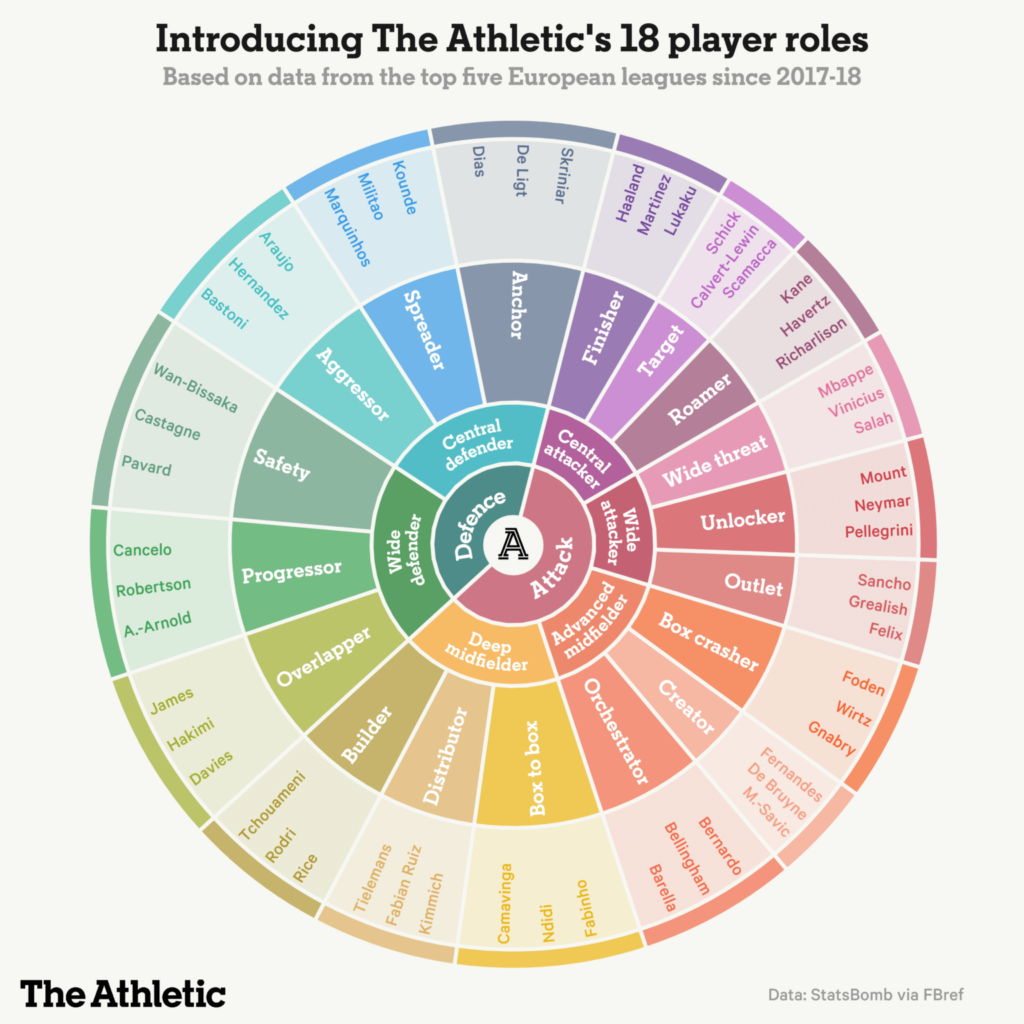
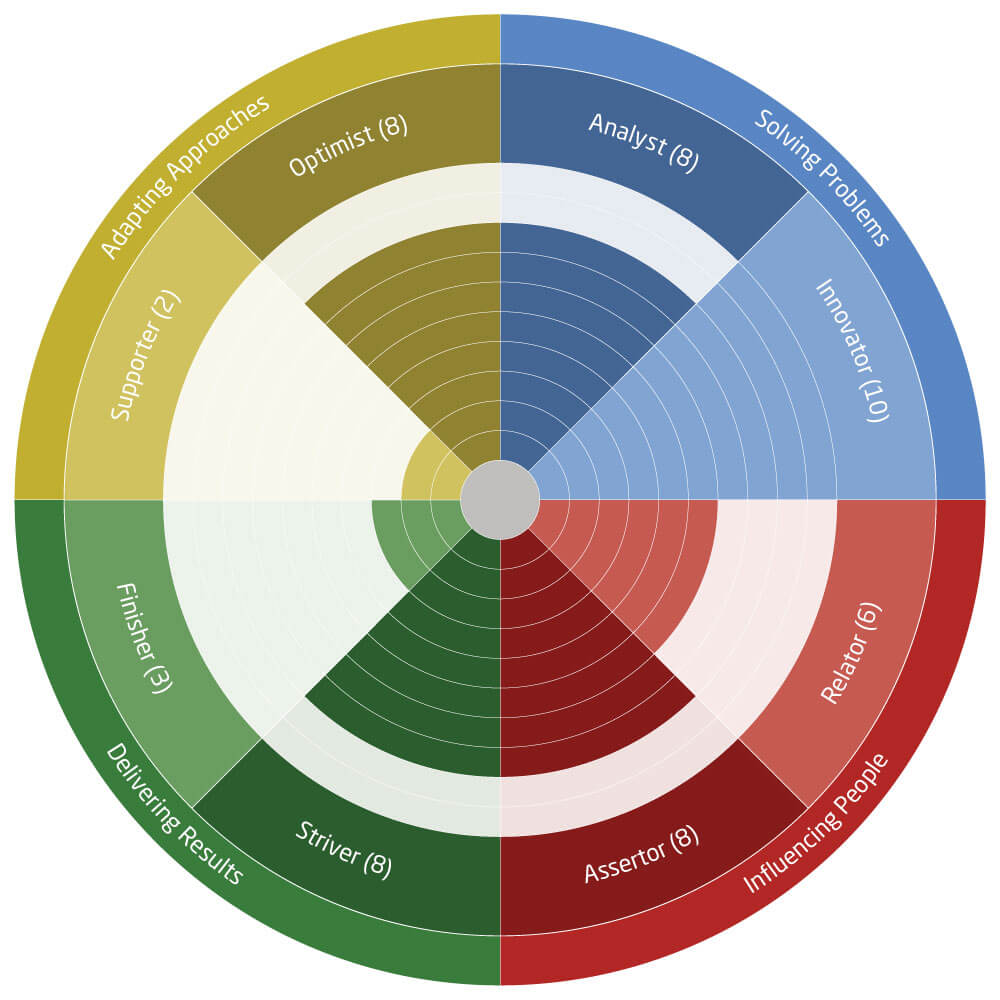
Focused on getting in the box and finding shots. May be good on the ball but isn’t very involved in possession.
Erling Haaland, Lautaro Martinez, Romelu Lukaku.

Likely to pursue goals with enthusiasm
Involved in his team’s build-up play, especially in the air or by dropping towards the ball. Typically more of a goal threat than a creative passer or dribbler.
Patrik Schick, Dominic Calvert-Lewin, Gianluca Scamacca.
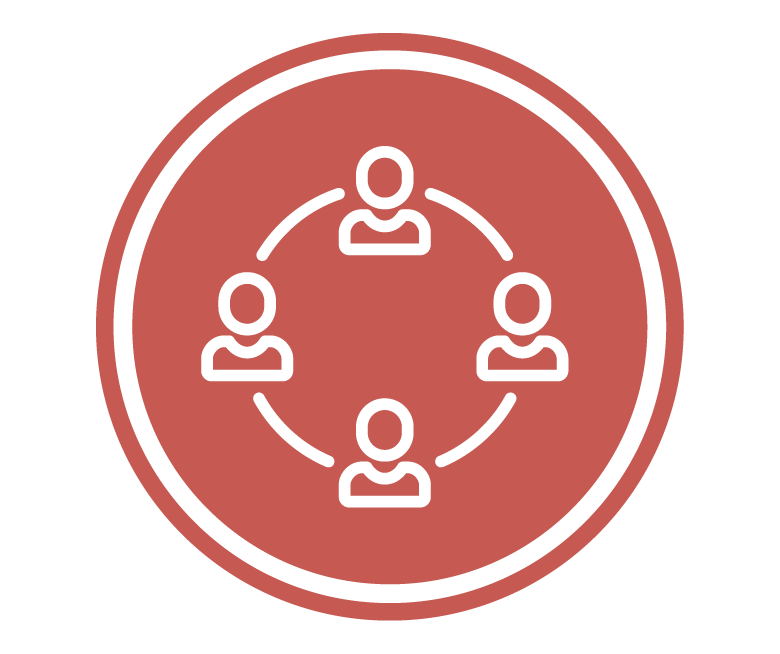
Tends to interact confidently with other people
Likes to drop deep or wide to create for team-mates when he’s not attacking the goal. Includes mobile strikers, false nines, and hybrid wingers.
Harry Kane, Kai Havertz, Richarlison.
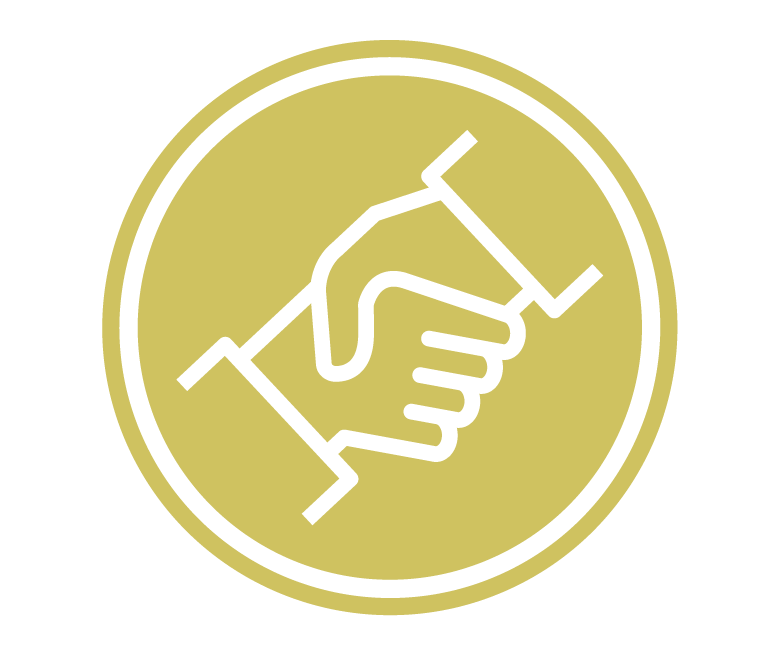
Likely to understand the needs and feelings of other people
Stretches the back line and gets into the penalty area. Does some crossing but likes receiving the final ball as much as playing it.
Kylian Mbappe, Vinicius Junior, Mohamed Salah.
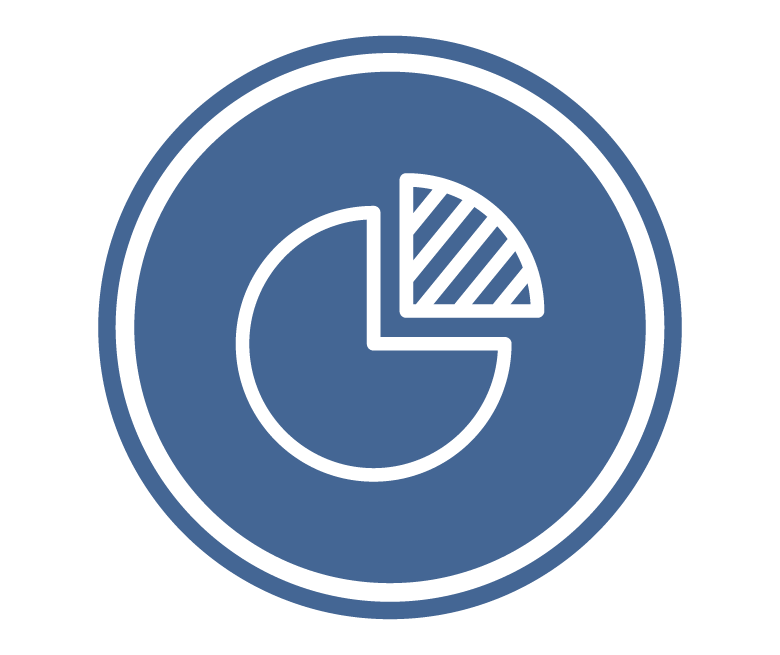
Likely to take a logical approach to problem solving
Likes to play field marshal in the opponent’s half. Big on crosses, switches, and forward passes. More of a provider than an off-the-ball runner.
Mason Mount, Neymar, Lorenzo Pellegrini.
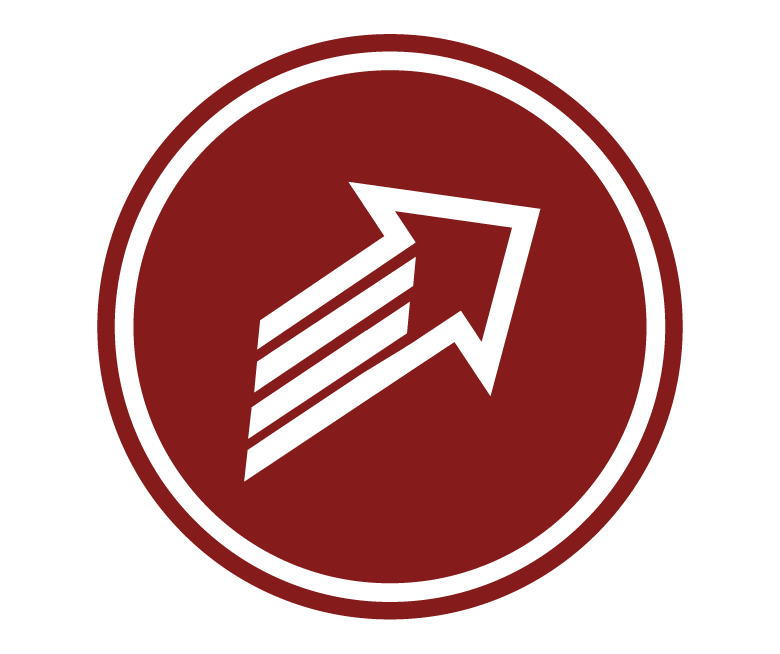
Typically tries to encourage and empower others
Gets on the end of dangerous passes but usually plays it safe on the ball. Takes a lot of touches in midfield or close to goal, not much in between. Draws fouls.
Jadon Sancho, Jack Grealish, Joao Felix.

Tends to produce a lot of output
Examples from the 2021-22 season in italics
The Work Roles model is designed to be universally applicable to different types of workplaces. While some of the links to the player roles are admittedly slightly more tenuous than others, it’s great to see that we can extend that applicability to the world of football.
Although the role of Finisher appears in both frameworks, they are defined in different ways. The player role of a Finisher relates to the type of goal threat they are. This focus on goals more closely relates to our Striver Work Role – although that was designed with more general goals in mind, it also works in relation to literally scoring goals!
The Finisher Work Role, however, is about getting things completed to a high standard and paying attention to detail. This tends to more closely align to defensive roles in football where accuracy is particularly important – a misplaced pass in defence can be much more costly than when attacking.
Doesn’t touch the ball much except when close to goal. More of an off-ball runner than a passer, but will play passes into the box. Likes to dribble.
Phil Foden, Florian Wirtz, Serge Gnabry

Likely to convey confidence in themselves and others
Looks to break lines with aggressive passes. Frequently central to his team’s play in the attacking half.
Bruno Fernandes, Kevin De Bruyne, Sergej Milinkovic-Savic.

Typically provides original solutions
Prefers midfield circulation to finding the final ball. Likes shorter, higher-percentage passes. Not afraid to do some defending.
Bernardo Silva, Jude Bellingham, Nicolo Barella.

Likely to give clear direction to others
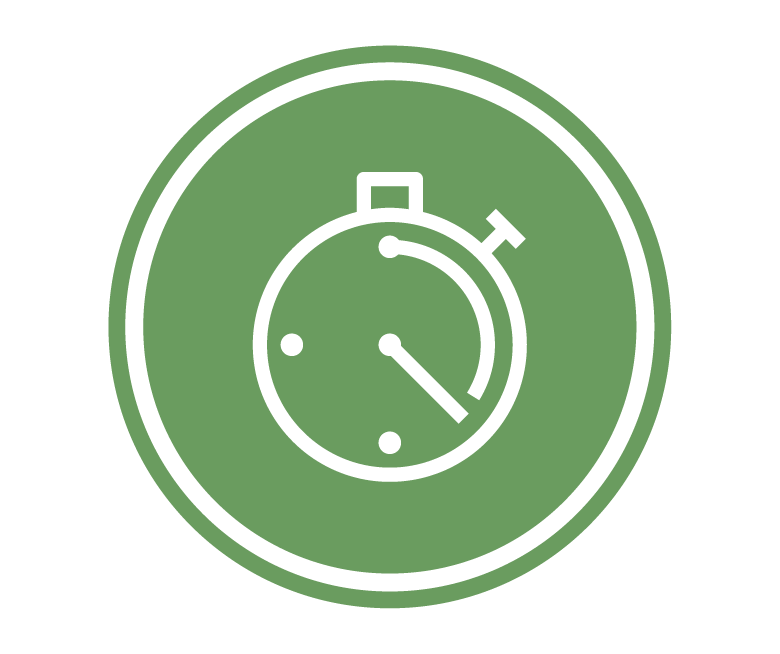
Likely to keep tasks moving and finish off projects
Defends low but also gets upfield to receive progressive passes. Not very heavily involved in possession, usually cautious on the ball.
Fabinho, Wilfred Ndidi, Eduardo Camavinga.

Skilled at evaluating various sources of information

Typically remains composed in difficult circumstances
Favours longer, more direct passes and switches. Active in the opponent’s half more than the defensive third.
Joshua Kimmich, Fabian Ruiz, Youri Tielemans.

Typically good at identifying and seizing opportunities
There is good coverage of the different Work Roles across the defender, midfielder and attacker player roles. While certain behaviors are fundamental to specific jobs, e.g. being able to cross the ball if you’re a winger or being able to understand complex analysis if you’re a data scientist, there is more than one way to be good at a job and this distribution of Work Roles across the different player roles supports that.
Understanding an individual’s preferred styles can help to maximize their strengths when performing that role and mitigate possible challenge areas. When working in a team, whether on the pitch or in an office, it is important to recognize the different roles individuals are likely to play and how this will impact what the team can offer. It’s unlikely a football manager would line up with no defensive midfielders (apart from maybe Pep Guardiola in a Champions League Final, but we saw how that panned out…) – player selection is based on formation, the type of team they are playing, etc. rather than just a case of who is available and who is the ‘best’.
The collective make up impacts not just on the performance of the team, but how the individuals within that team perform. The team set up for France allowed Paul Pogba the freedom to make runs forward compared with when he was playing at Manchester United with less midfield support. And the difference was clear from his stats and comments about him after games for France and for Manchester United (Duncker, 2021).
Gets into the final third, dribbles, and hits crosses. Would rather receive long passes and recycle them than play long himself. Includes a lot of wing-backs.
Alphonso Davies, Achraf Hakimi, Reece James.

Typically effective at team working
Attempts long balls and progressive passes as well as crosses. Active in possession at both ends.
Trent Alexander-Arnold, Andrew Robertson, Joao Cancelo.

Tends to offer unconventional and valuable insights
Stays home, getting involved in the defensive third while not taking many risks on or off the ball. Includes hybrid centre-backs or elbow backs.
Benjamin Pavard, Timothy Castagne, Aaron Wan-Bissaka.

Tends to be meticulous and check things thoroughly
Likes to tackle and dribble. Not big on long passes or clearances. Includes a lot of outside centre-backs.
Alessandro Bastoni, Lucas Hernandez, Ronald Araujo.

Tends to be purposeful and confident in their decision-making
Plays longer, more direct passes. Will sometimes step out in possession or to close down in defence.
Marquinhos, Eder Militao, Jules Kounde.

Likely to have a vision for the future

Typically inclined to explore all the available possibilities
Plays safe passes and does his defending close to goal, especially with clearances and blocks.
Ruben Dias, Matthijs de Ligt, Milan Skriniar.

Typically adheres to timescales and meets deadlines
The same applies to more typical working scenarios such as project working groups. If putting together a group to work on a new product, there can be a tendency to say “let’s get the most creative minds on the job, they’ll have the best ideas”. But what might this team be missing? Collaboration? Practicality?
By considering the different role preferences within a team, it is easier to identify the best combinations (or formations) of individuals to maximize success on different projects. If there are gaps in the initial team – for example, if there are plenty of Innovators and Optimists on a team, but no Finishers – who else may be useful to involve? Getting the individuals on the team to understand each other’s preferred working style also means they can work better together by recognizing what value others can bring.
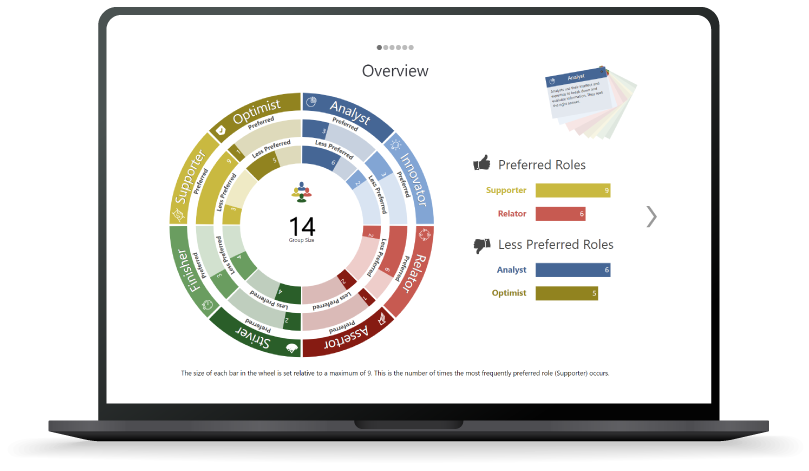
For those of you who don’t fit into the fairly niche Venn diagram of those who have a passion for psychometrics and football, hopefully this has provided a useful insight into the world of personality assessment/football (delete as appropriate). And who knows, maybe the group Work Roles wheel will inspire some follow-up research to look at the % of the player roles typically represented in the starting 11 for different clubs?
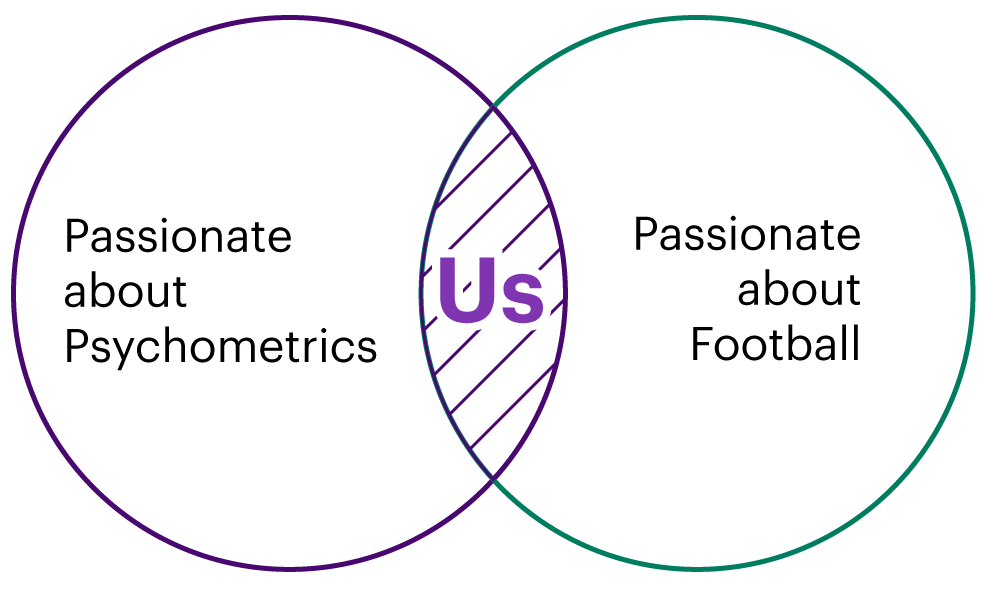
Saville Assessment, a WTW company. (2019). Wave Work Roles Technical Summary.
Muller, J. (2022, August 10). Introducing The Athletic’s 18 player roles: Orchestrator, Safety or Unlocker? The Athletic. https://theathletic.com/3473297/2022/08/10/player-roles-the-athletic?source=user-shared-article
Duncker, C. (2021, June 28). Why is Pogba better for France than Man Utd? Goal. https://www.goal.com/en-gb/news/why-is-pogba-better-france-man-utd/1atcfnfy0rssp184s6b5zok1nb
Discover how Work Roles can help you enhance how people collaborate and work together across boundaries.
© 2025 Saville Assessment. All rights reserved.